So you’ve been told that you have a lumbar disc injury…bummer.
The physician may have used the dirty words “bulging,” “protruding” or “slipped” to describe your disc. They may have also said you have “decreased disc height” or a “smashed disc.”
“What the heck does that mean?!”…..”Does it get better?”……..”Does the disc go back in?”……..”Do I need surgery?”…..”Do I need an injection?”……..”Will physical therapy help it?”
These are all common questions that patients have after they leave the physicians office with the horrible news of their disc problems.
Don’t worry, for most people a bulging disc is common. It can be there without causing pain too. Think of them like you do a scar or callus. They may not look visually appealing on your skin, but they won’t hurt you. Scars and calluses are signs that there’s been something happening at that part of the body and your body is adapting to protect it.
In a similar way, a disc bulge is the body adapting to harmful forces acting on the spine. It’s just that you can’t see them until you have an MRI. Most people don’t get an MRI until they’re already having back pain. Because disc bulges tend to be the most obvious defect on an MRI, they get blamed as the source of your back pain.
There are varying phases of disc injury that medical professionals use to rate the severity.
- Disc Degeneration – Commonly found as we age. Can be pain free. Minor injury to outer disc can heal with correct treatment.
- Prolapse – Less common than disc degeneration. It might press on a nerve. There’s a notable bulge on the disc. Physical therapy can help. People can live with this and not have pain.
- Extrusion – Not common. The disc nucleus is exiting the center, but remains attached. The outer ring of the disc is torn. Surgery might be performed.
- Sequestration – Rare. The nucleus is detaching from its place. Likely lots of back and leg pain is present. Surgery is imminent.
More disc bulges tend to show up on MRIs as we get older. It’s a normal part of aging. What’s important to take away here is that it doesn’t mean that you NEED surgery. It used to be common practice (in some places still is common practice) to have surgery soon after the disc bulge was detected. It is slowly becoming more common in the medical field for physicians to delay getting an MRI for 4-6 weeks. During that time low back pain patients may start
physical therapy or have a cortisone injection to alleviate the pain. If therapy and injections don’t help, then an MRI is ordered and patients are usually sent for a surgical consultation.
Besides the disc, there’s nerves, facet joints, muscles and ligaments all really close together in the low back. Any one of those tissues could be causing your low back pain. It’s difficult to pinpoint the right tissue, but discs have frequently been blamed because of the way they look on an MRI. It takes a thorough physical examination by a skilled medical professional to have the best chance at finding the true source of your back pain. Once the source is found, then the right treatment can begin.
When would I need SURGERY?
The probability of having surgery increases if the patient has the following signs of a severely pinched nerve:
- Severe pain that radiates into one or both legs
- Weakness or muscle loss in one or both legs
- MRI shows the disc pressing on a nerve
- MRI shows the vertebral bone shifted too far forward
Surgeries vary depending on the type of back condition that each patient has, but frequently a lumbar fusion is done.
In this procedure, a “cage” formed by metal screws and rods are inserted to the bone above and below the problem disc to “fuse” the joints at that level and keep them from moving. Also, the part of the disc that is protruding out is cut out (discectomy). These procedures are irreversible and only done in severe cases as a last resort treatment.
For people that have a severely pinched nerve, the effects of this surgery are profound. I’ve heard several patients say that right after they woke up from surgery, the feeling and strength in their affected leg was instantly better.
Unfortunately, I’ve also met people that had this surgery and then have their pain come back. This is likely due to an untreated movement pattern that remains present after the surgery is performed.
Lumbar extension rotation syndrome (ERS) is the most common movement pattern affecting the discs. This movement pattern creates a muscle imbalance that causes the spine to put inappropriate pressures on the discs.
Normally, movement between each bone in the spine should be about the same during everyday motions. For example, when you bend backwards, your spine should gradually curve with motion occurring equally at each joint. But having chronic lumbar ERS causes the back to bend sharply at one or two joints. Movement of the spine in other directions also becomes altered. This causes the muscles, joints, nerves and discs in the area to become irritated. If it goes on untreated for years, it will likely create a disc herniation.
Early ERS symptoms may feel like a low level soreness or tight muscles around the low back. You may even have recurring back spasms every few months. I find that patients usually blame it on age and think that it is a normal part of life to have these back symptoms. This is false thinking! Feeling tension in your low back is not a normal thing, it should feel mobile and pain free.
What can physical therapy do for me?
At El Paso Manual Physical Therapy, we specialize in finding the exact low back joints that are stuck and then getting them to move normally again. We identify the weakest muscle group and teach you exactly how to strengthen it in order to start fixing the problem for good.
Physical therapy for low back pain usually involves correcting posture, calming down flared up nerves, releasing muscle adhesions and strengthening lower abdominals and gluteal muscles. The amount of treatment you need depends on how long your back pain has been present and what tissues are involved. For a true disc injury, average El Paso Manual Physical Therapy patients are seen once a week for 4 weeks, then 1-2 times per month for 6 months. It works out to about 12 visits on average.
Surgery Versus Physical Therapy
According to a blog at spine-health.com, patients posted that their lumbar fusion costs ranged anywhere from $50,000 to $190,000! For some lucky few people, insurance footed the entire bill. For most people, they were left with $5,000-$10,000 to pay out of pocket. Remember that surgery is non-reversible. Usually, patients must then go through physical therapy after their surgery anyway!
On average, El Paso Manual Physical Therapy patients spend less than $1,000 for treatment of their lumbar disc condition. We provide our patients with a receipt for submission to their insurance company. Depending on the patient’s insurance plan and deductible, the patient may be reimbursed by their insurance company.
Just like a weed, if you do not remove the root, it will come back by next week. Too many people with low back pain receive treatments that focus on the symptoms of the pain. It’s important to be sure that your healthcare provider gets to the root of the problem to get rid of the pain for good.
Physical Therapists at El Paso Manual Physical Therapy are exceptional at fixing your low back pain problem…for good.
If you’re in the El Paso, TX area, make an appointment today!
P.S. This amazon.com link you see nearby is a product that I recommend using in the event that you have a really bad day with your low back. It is not a good idea to plan on using this the rest of your life, but only for a short time until you get treated or if you’re having a really bad day.

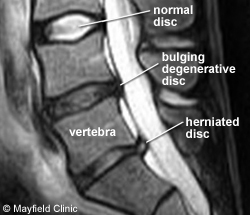
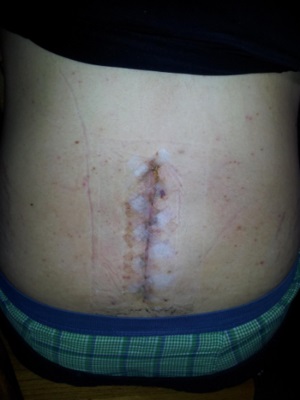
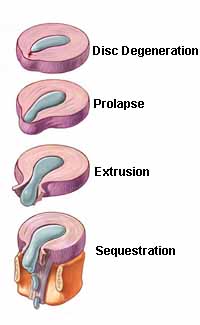
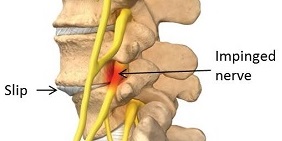
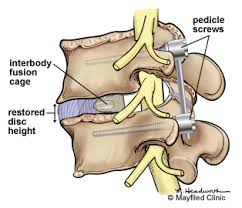
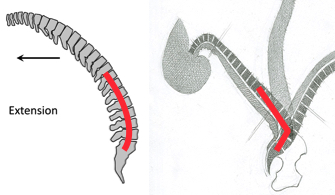
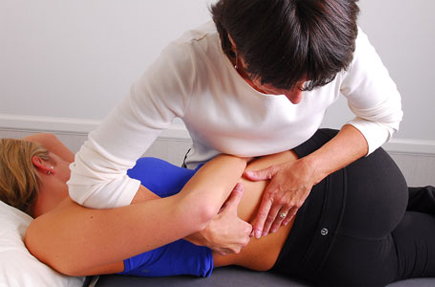



 Knee Meniscus Recovery Program
Knee Meniscus Recovery Program